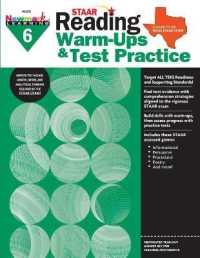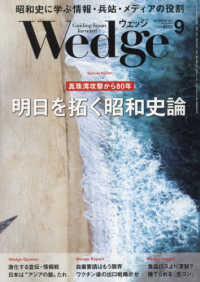Description
(Text)
Studying the surface of a comet is challenging as the nucleus is either too far to be resolved in details, or it is close enough but its own activity hides all the features we would like to investigate. One of the topic of interest is the localization of active regions on the surface. Although this can be done from a spacecraft, the jets of gas and dust represent a hazard for any probe passing at close distance from the nucleus and any hint on the local activity should be taken into consideration to constrain the approach. This thesis discusses observations, analysis, and simulations of dust coma structures: patterns embedded in the coma and considered as signatures of active dust emitting regions at the surface of the nucleus. We present a scientific software package that allows to determine a realistic physical model of cometary nuclei from ground or space based observations. Our model includes a flexible 3D representation of the nucleus and a physical description of the dust acceleration processes its neighborhood. Several results are presented here, among them a full analysis of the coma structures for comet 9P/Tempel 1 leading to the determination of its spin axis orientation, the localization of active regions, and constraining of the dust parameters as well as the activity profile, with excellent agreement between our results and in-situ measurements from the Deep Impact mission. Such a modeling attempt including a realistic shape of the nucleus is a challenging first worldwide and we believe it has the prospect to path the way into a new era of modeling interpretation of comets that will be needed in the context of ESAs ROSETTA mission to comet 67P/Churyumov-Gerasimenko.
(Extract)
If everybody understands quite clearly the concepts of planets and stars, it is somehow different for comets. When asked about these objects most of the people, scientists included, give different descriptions. A majority refers to what specialists would call active comets, a bright object covering a large portion of the sky, whereas others describe a small, dark, and frozen body, lost at the borders of our Solar System. These two visions of the same object are both correct and understanding the link between them is the basis of cometary science. One can study comets from different points of view, considering them as frozen witnesses of the origin of planetary formation, as well as living laboratory for complex physics and chemistry. The work described in this thesis investigates a specific field of cometary research, but it will be easier to understand for the reader if we first summarize the main concepts of cometary science, from early observations to advanced theories.








